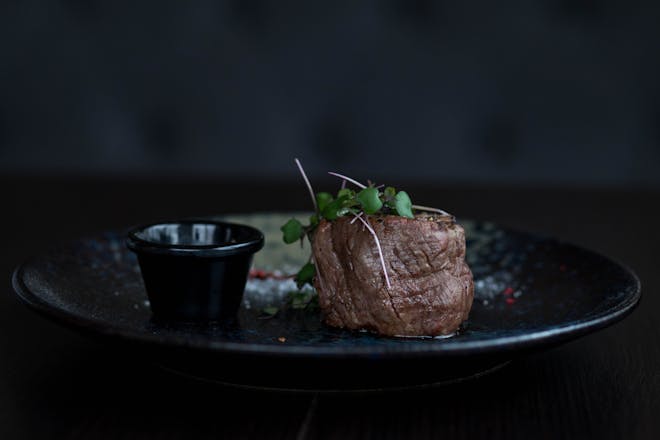Reverse Seared Flank Steak: The Ultimate Guide
When it comes to preparing a reverse seared flank steak, the technique is just as important as the cut of meat you choose. This method, which has gained popularity among steak aficionados, involves a two-step process: slow-cooking the steak at a low temperature first and then searing it on high heat for the perfect finish. In this guide, we’ll walk you through how to achieve a mouthwatering reverse seared flank steak that is sure to impress.
Understanding the Reverse Sear Method
The reverse sear is a technique that flips the traditional searing method on its head. Instead of starting with a high-temperature sear, you begin by cooking your flank steak in an oven or on the cooler side of a grill at a low temperature. This allows the steak to cook evenly from edge to edge, reducing the risk of overcooking. Only after the steak reaches the desired internal temperature do you sear it quickly over high heat to create that delicious, caramelized crust.
Choosing Your Flank Steak
Selecting a high-quality flank steak is crucial for this method. Look for a cut with good marbling – the white flecks of fat within the meat – as this will render down during cooking, adding flavor and tenderness to the steak. Ensure your flank steak is at least one inch thick to get the most out of the reverse searing process.
Step-by-Step: Reverse Searing Your Flank Steak
Preparation: Start by patting your flank steak dry with paper towels. This will help to achieve a better sear later on. Season the steak generously on both sides with salt and pepper, and if desired, your choice of steak seasoning.
Cooking: Preheat your oven or grill to a low temperature, around 225°F (107°C). Place your seasoned steak on a rack over a baking sheet if using an oven, or on the cooler side of the grill if using a barbecue. Cook the steak until it reaches an internal temperature of about 10°F (6°C) below your desired final temperature. For a medium-rare finish, this would be around 120°F (49°C).
Searing: Once your flank steak reaches the target internal temperature, remove it from the oven or grill and let it rest while you preheat a skillet or the hot side of the grill to high heat. Add a touch of oil to the skillet or grill, and once it’s smoking hot, sear the steak for about 1-2 minutes on each side, or until a deep, golden-brown crust forms.
Resting: After searing, let your steak rest for a few minutes before slicing against the grain. This allows the juices to redistribute, ensuring your reverse seared flank steak is juicy and flavorful.
Tips for Perfecting the Reverse Sear
- Invest in a Meat Thermometer: Using a meat thermometer is vital for this method. It ensures precision, helping you cook your flank steak to the perfect level of doneness.
- Let Your Steak Come to Room Temperature: Prior to cooking, allow your steak to sit out for about 30 minutes to come to room temperature. This promotes even cooking.
- Be Patient: Don’t rush the process. The low and slow initial cook is key to the reverse sear method.
- High Heat for Searing: Ensure your skillet or grill is extremely hot for the sear to create that desired crust quickly without overcooking the inside.
Reverse Sear Versus Traditional Searing
The reverse sear is particularly well-suited for thicker cuts like flank steak, where traditional searing methods might leave the middle undercooked or the outside overdone. The reverse sear method gives you more control over the cooking process, making it easier to achieve a perfectly cooked steak every time.
The allure of a perfectly cooked steak is undeniable, and with the reverse seared flank steak technique, you’re well on your way to achieving steakhouse-quality results in your own kitchen. From the even cooking to the final flavorful sear, the reverse sear method is a game-changer for steak lovers.
